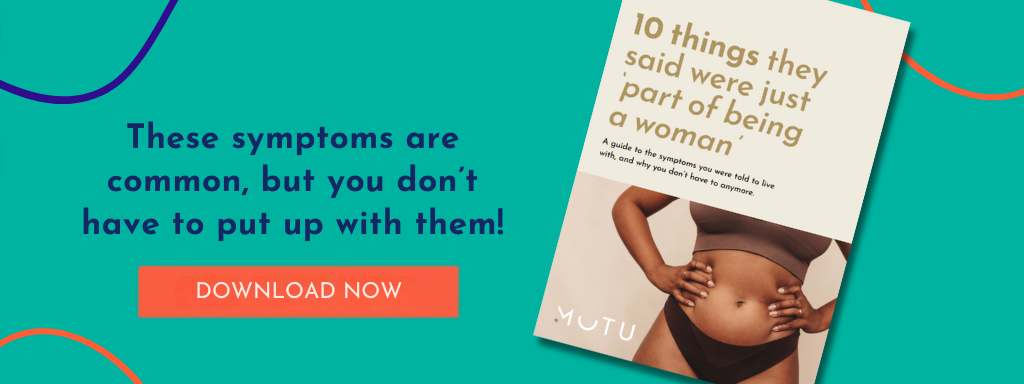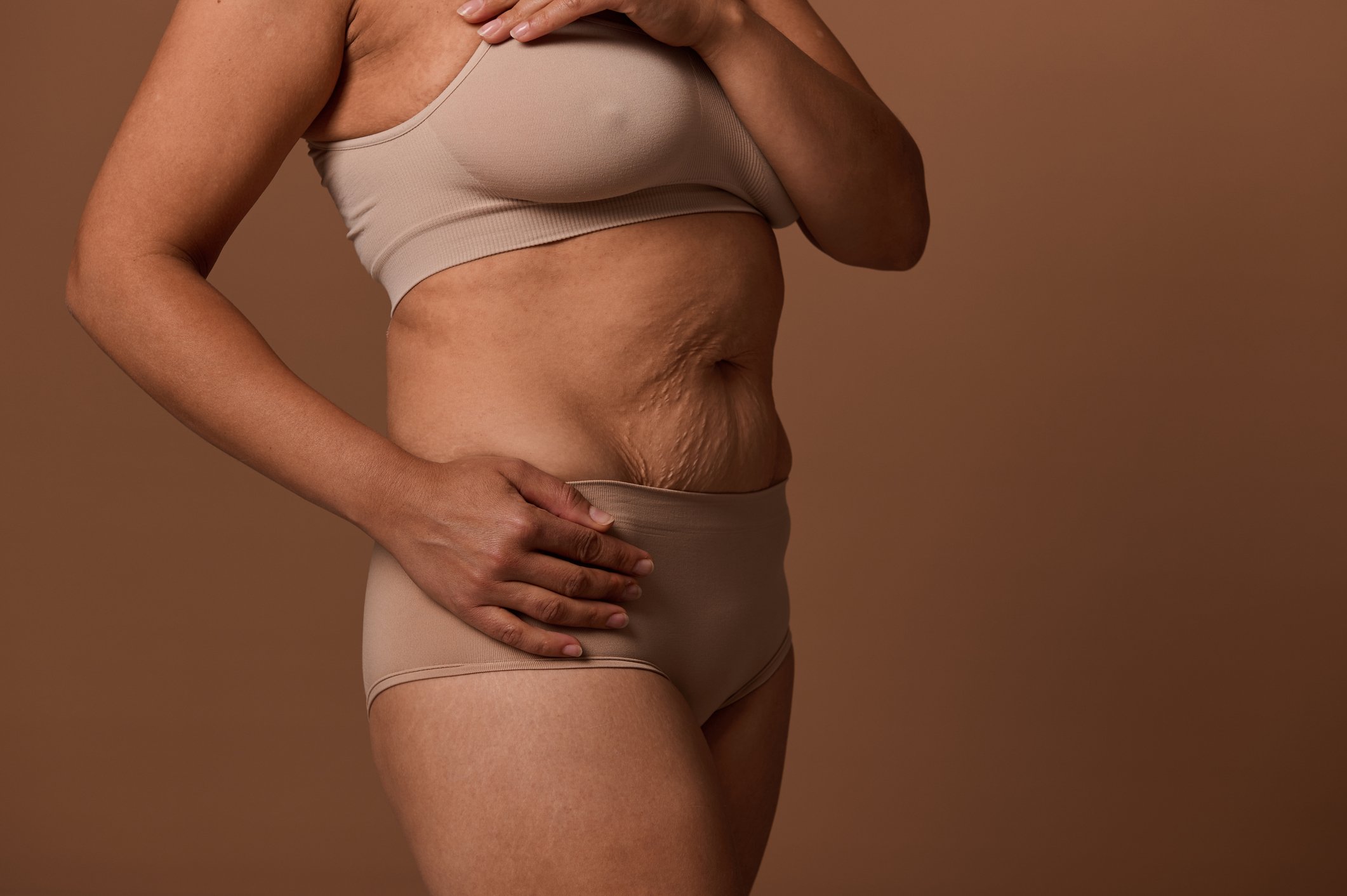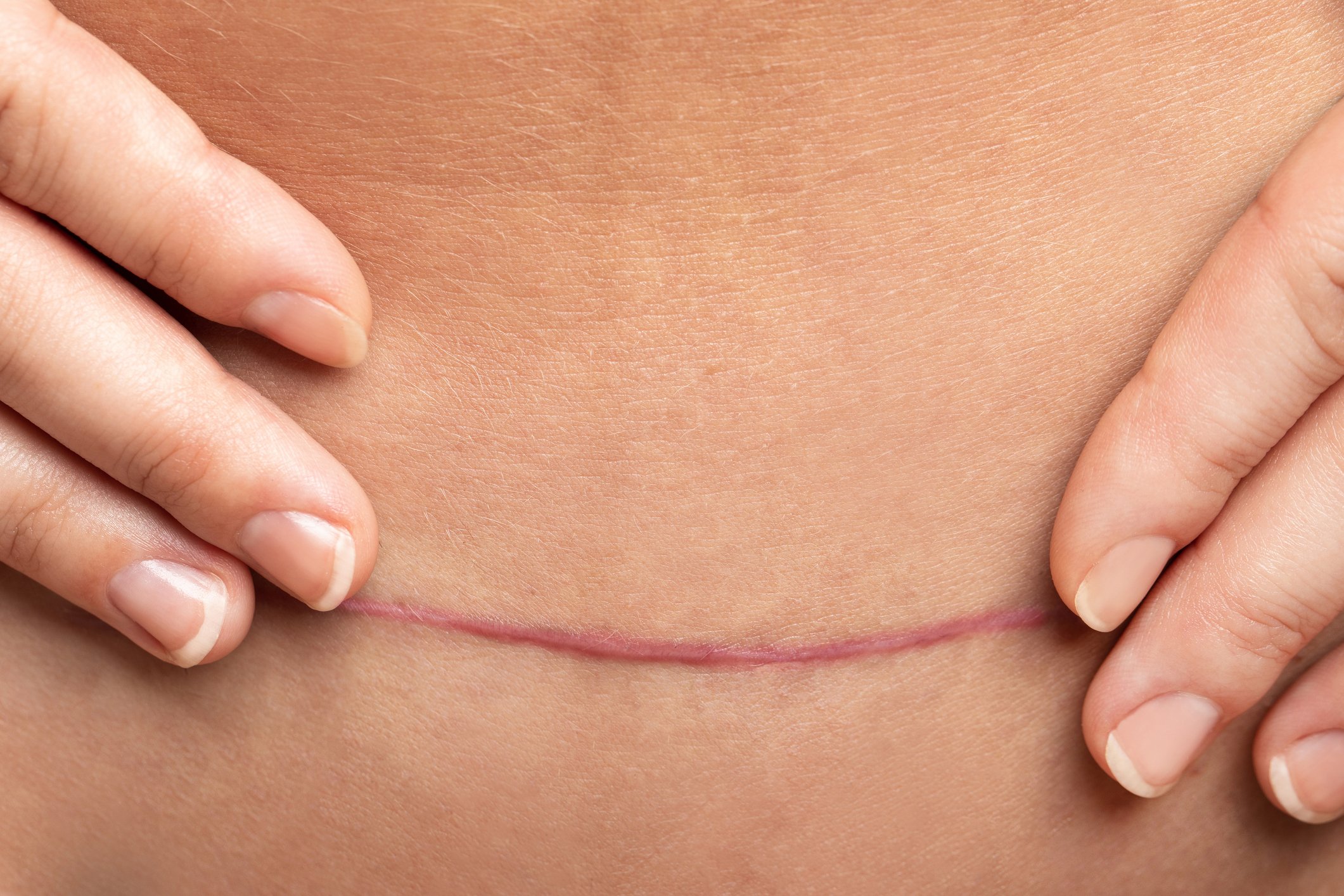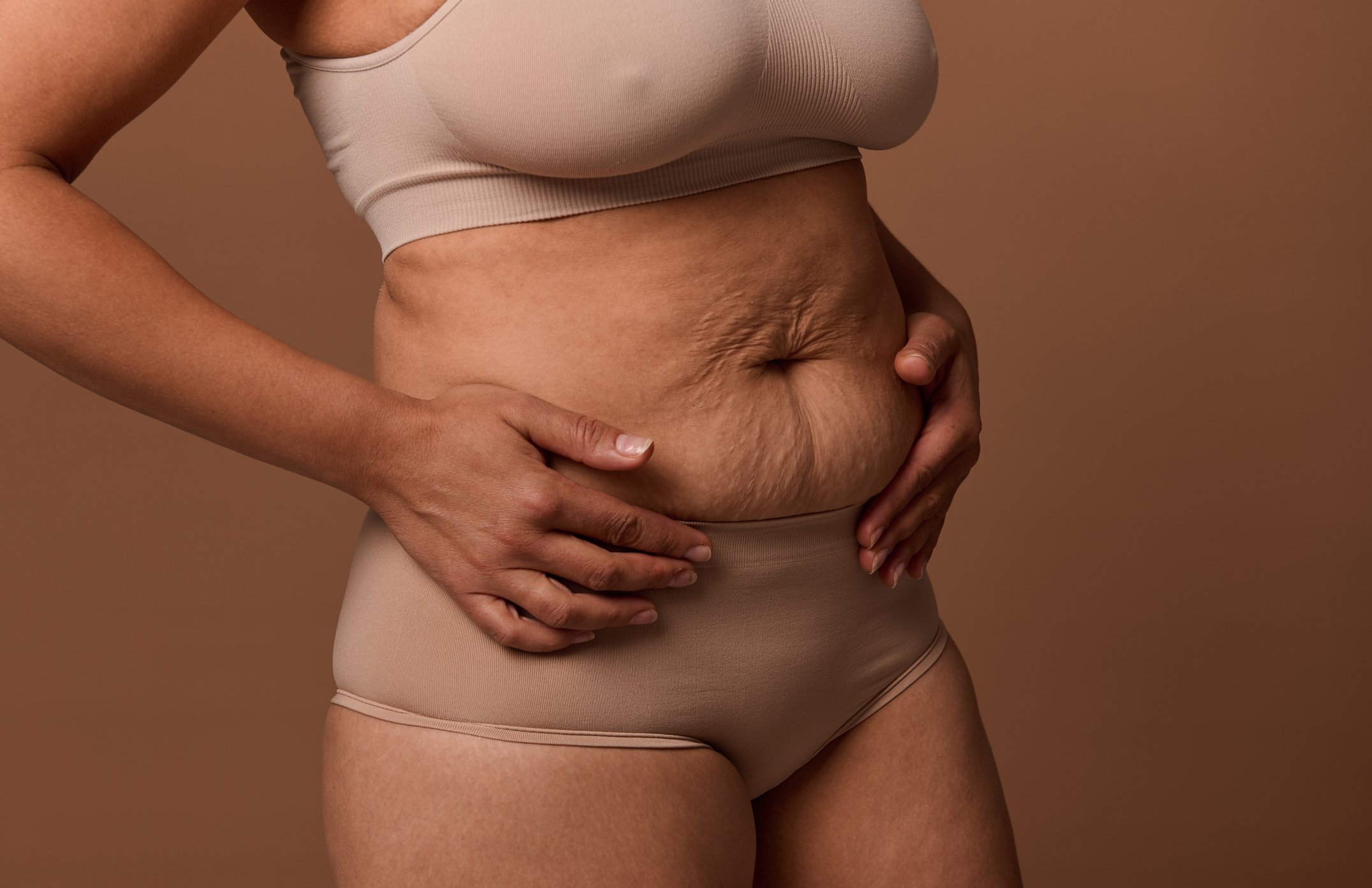So you had your baby by C-Section. You might be wondering what exactly happened in there and what you need to know for your C-Section recovery.
Just because lots (that’s millions) of women have C-Sections, that doesn’t mean it’s not major surgery. Don’t underestimate the physiological trauma your body has undergone, and don’t let anyone make you feel like it’s no big deal. C-Section recovery is a huge undertaking and it’s important to know what you can do to help support your body during recovery.
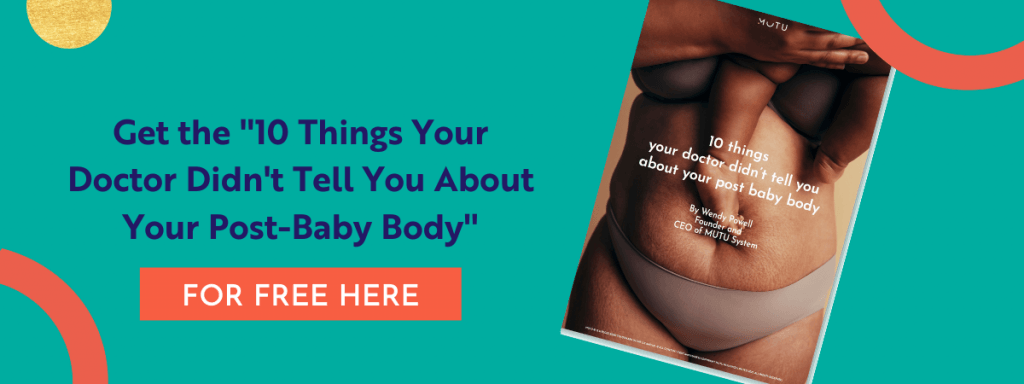
What exactly happened during the C-Section?
When you have a C-Section, the surgeon makes a horizontal incision with a scalpel, just above the pubic bone, through five layers of skin, tissue, and muscle…
- The derma, or outer layer of skin
- Fat
- Fascia, the tough, thin layer that supports the muscle
- The rectus abdominal muscle – manually separated using fingers
- Peritoneum, a shiny layer that encases the entire abdominal cavity
… to reach the uterus, the amniotic sac, and your baby.
A ‘bikini line’ transverse (side to side) cut is more common, as this results in less scarring and chance of infection or complications. A vertical cut is usually now used only in emergency situations and can be slower to heal, with more scarring.
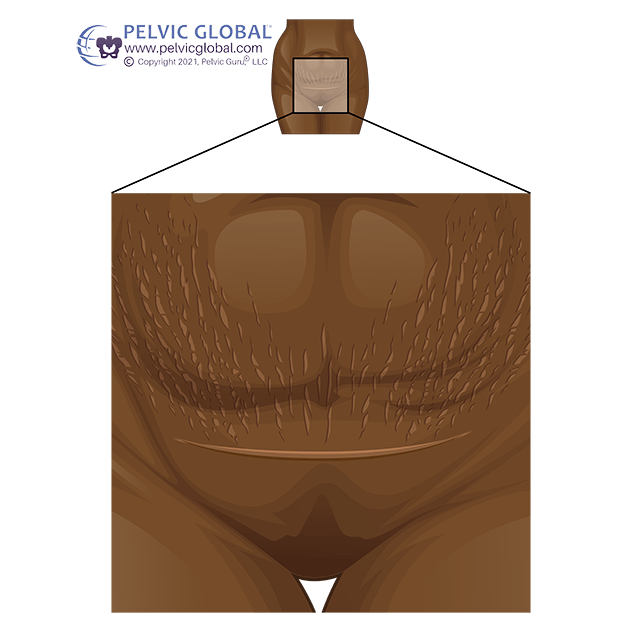
The surgeon manually separates the two strips of rectus muscle at the midline to gain access. This is important – your muscles have not necessarily been cut! But they still go through a lot – and pain and inflammation around the muscles and ligaments near the back can often lead to post-cesarean back pain.
so TLC for the core muscles is important during your c-section recovery.
Check out how to start to reconnect to your core and pelvic floor muscles after a C-section right HERE.
What does that mean for your belly?
Layers of tissue are cut and then sewn back together, which creates scarring through multiple levels of tissue of your abdominal wall. This scarring affects the muscles’ ability to glide over the top of each other during muscle contraction. The result is weakness and a lack of stabilization.
If you have had more than one C-Section, with a gap of fewer than two years in between, then your abdomen may not have repaired completely before your body went through the whole process of pregnancy and surgery again. Your recovery and ability to regain physiological balance is related to hormones, body weight, posture and alignment, and muscle tone.
Starting with stronger abdominal muscles will help with recovery, and strengthening the deep muscles of your core and pelvic floor during pregnancy will give you the “muscle memory” to make it easier to do the exercises after the birth.
But if you’re reading this and your stomach muscles can’t remember last Tuesday, let alone how to synchronize with your pelvic floor, don’t worry! As you work on it that connection comes back!
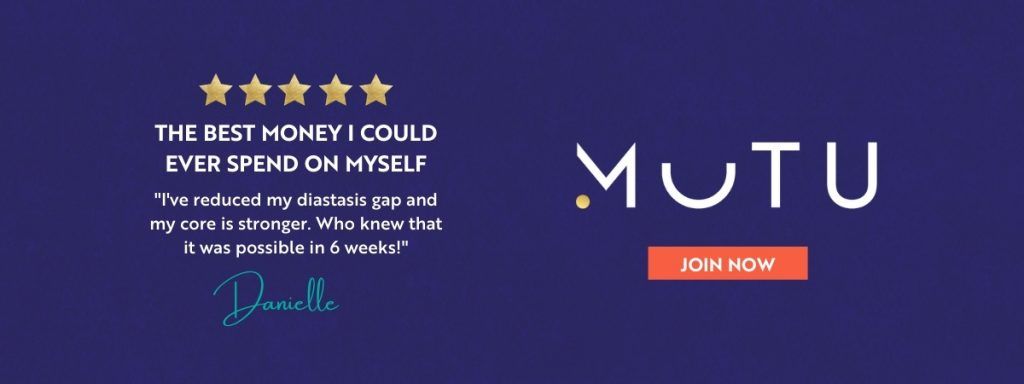
Scar tissue mobilization
If you have had one or more C-Sections or other abdominal surgery, there will be scar tissue or adhesions. This is where the collagen (connective tissue) is laying down and binding, to repair and heal. The process can result in tightness or pulling sensation around your scar. Massage can help relieve this and aid comfort and healing. During your C-Section recovery rub and massage the skin gently between your fingers around the scar to help to break down scar tissue, encourage oxygen flow in, and toxin flow out of the area.
Whilst muscles have not been cut, ligaments and fascia have been, and this all takes time to heal. The more you can ‘connect with’ and use your deep core muscles with breathing exercises, the quicker the recovery will be. Scar tissue and adhesions can cause a tummy overhang, and body fat may appear to be unevenly distributed around your middle. Mobilizing the incision area will help with this.
Moving around after c-section
The way you move during C-section recovery is really important. You need to support your body so you can heal, and heal well.
Some examples are…don’t try to get straight up from lying on your back – always roll to your side first. And avoid sit-ups or crunches. These type of movements will put a lot of strain onto your incision so it’s best to modify these movements and eliminate where possible.

Get outside for a gentle walk as soon as you feel able. Activity will help your emotional health, as well as increase circulation to aid healing and scar tissue during your C-section recovery. Your walk doesn’t have to be long. Start with a walk to the end of your driveway and back. Then aim to make it around your block. Then continue building up to longer walks as you feel capable.
Diet and nutrition for C-Section Recovery
What you eat plays a HUGE part in your body’s ability to heal after C-Section! You should aim for a diet rich in clean protein, with plenty of green and deep colored vegetables, berries, essential fats and fibrous vegetables and fruits for good gut health. Choose anti-inflammatory foods such as garlic, green tea, turmeric and ginger – these foods will help your body and C-section scar site to heal and recover.
Hydration is super-important too. Drink lots of water, herbal teas and water-rich foods.
Stress, lack of sleep (I know.. unavoidable for a new mom!) and inflammatory ‘comfort’ foods or drinks like sugar or alcohol will hinder healing.
So…Rest!
Takeaways to help during C-Section Recovery
In the early days:
- massage
- mobilize
- find and strengthen your deep muscles
- eat clean fresh food to recover and nourish your body
- try to get plenty of sleep
- and love your body.This will help you heal, restore and strengthen your abdominal muscles.
You are doing great. Give your body time to heal, it will be worth it!




